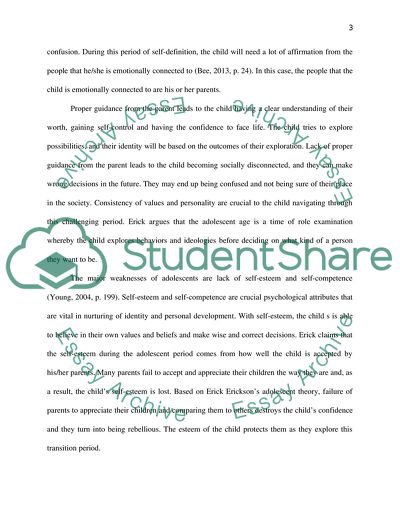Cite this document
(Role of Parents in Helping Young People in the Period of Adolescence Research Proposal, n.d.)
Role of Parents in Helping Young People in the Period of Adolescence Research Proposal. Retrieved from https://studentshare.org/social-science/1853843-social-work-life-span
Role of Parents in Helping Young People in the Period of Adolescence Research Proposal. Retrieved from https://studentshare.org/social-science/1853843-social-work-life-span
(Role of Parents in Helping Young People in the Period of Adolescence Research Proposal)
Role of Parents in Helping Young People in the Period of Adolescence Research Proposal. https://studentshare.org/social-science/1853843-social-work-life-span.
Role of Parents in Helping Young People in the Period of Adolescence Research Proposal. https://studentshare.org/social-science/1853843-social-work-life-span.
“Role of Parents in Helping Young People in the Period of Adolescence Research Proposal”, n.d. https://studentshare.org/social-science/1853843-social-work-life-span.


